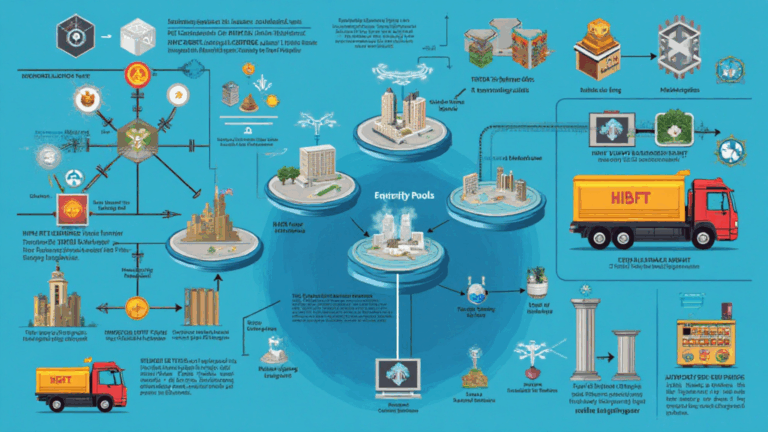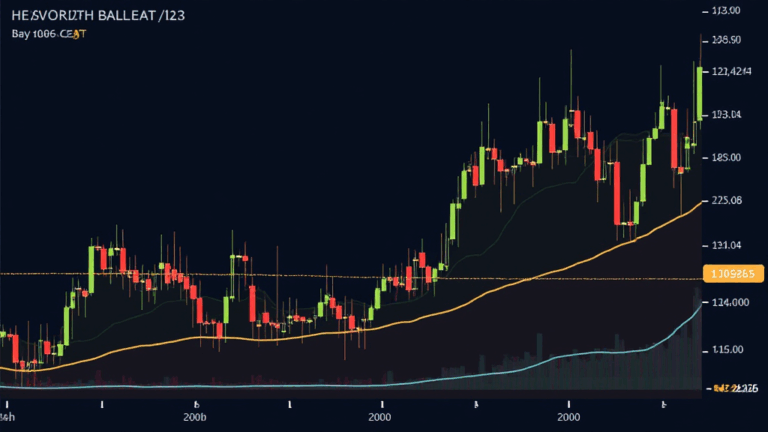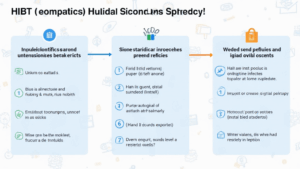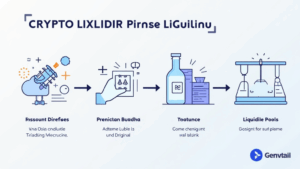Ethereum Consensus: Key Insights for 2025
With $4.1 billion lost to DeFi hacks in 2024, the necessity for a robust consensus mechanism within Ethereum and other blockchain platforms has never been clearer. As the cryptocurrency landscape continues to evolve, the Ethereum community is working tirelessly to ensure its consensus mechanisms are secure, efficient, and capable of handling increased user demand. Today, we delve into the intricacies of Ethereum consensus, exploring its vulnerabilities and the latest advancements as we approach 2025.
Understanding Ethereum Consensus Mechanisms
Consensus mechanisms are foundational elements that ensure all participants within a blockchain network agree on the state of the blockchain. In Ethereum, consensus has shifted from proof-of-work (PoW) to proof-of-stake (PoS), marking a significant evolution in its security and operational efficiency. Let’s break this down further.
Proof of Work vs. Proof of Stake
- Proof of Work (PoW): Traditionally, Ethereum relied on PoW, where miners solve complex mathematical problems to validate transactions. This method was energy-intensive and faced criticism for environmental concerns.
- Proof of Stake (PoS): Transitioning to PoS allows validators to be selected to create new blocks and confirm transactions based on the amount of cryptocurrency they hold and are willing to ‘stake’ as collateral. This system significantly reduces energy consumption and enhances scalability.
The Importance of Consensus Mechanisms
Consensus mechanisms play a critical role in ensuring the integrity of blockchain networks. Without them, malicious actors could easily manipulate transaction histories and undermine users’ trust. As we head towards 2025, let’s explore some primary benefits of effective consensus mechanisms in Ethereum:
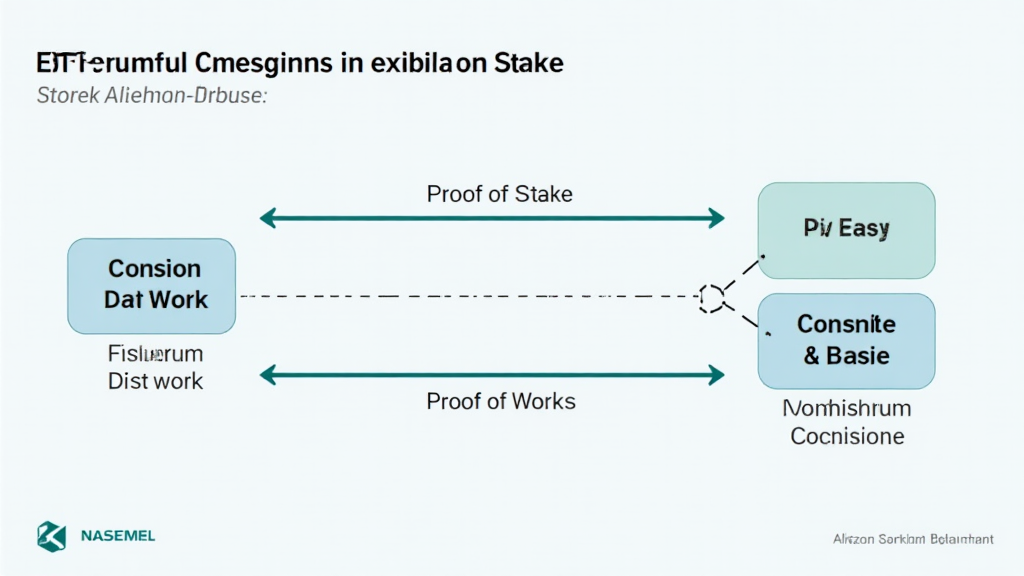
- Security: Advanced consensus mechanisms enhance protection against attacks, making it more difficult for bad actors to compromise the network.
- Scalability: PoS allows the network to handle more transactions seamlessly, a crucial aspect for accommodating Ethereum‘s growing user base.
- Decentralization: A well-designed consensus ensures that no single entity has undue control over the network, maintaining its decentralized ethos.
Consensus Mechanism Vulnerabilities
Despite the advancements in Ethereum‘s consensus protocols, vulnerabilities still exist. Understanding these weaknesses is vital for users and developers alike. Some notable vulnerabilities include:
- Staking Centralization: As major wallets accumulate vast amounts of Ether, centralized stakes may lead to disproportionate influence over transaction validations.
- Long-Range Attacks: In PoS, an attacker could theoretically build an alternative chain, attempting to outpace the legitimate chain.
- Social Attacks: These can target the community’s consensus and social dynamics, leading to protocol disruptions.
Practical Applications and Future Enhancements
As Ethereum consensus mechanisms continue to evolve, practical applications will grow alongside. For instance, decentralized finance (DeFi) platforms and Non-Fungible Tokens (NFTs) will benefit from improved transaction speeds and reduced costs. Here’s how this evolution might unfold:
- Increased DeFi Adoption: Faster and cheaper transactions will encourage more users to explore DeFi, with Ethereum serving as a scalable backbone.
- Integration with Other Blockchains: Improved interoperability with other networks may pave the way for cross-chain transactions, further enriching the user experience.
Data & Trends in Vietnam’s Crypto Ecosystem
As we explore the Ethereum consensus and its evolution, it’s essential to consider local markets like Vietnam, where the crypto adoption rate has dramatically increased. According to recent studies, Vietnam has experienced a 45% growth rate in cryptocurrency users in the past year. Here are some key factors:
- Young Demographic: With a significant portion of the population being tech-savvy and young, Vietnam is primed for crypto adoption.
- Growing Awareness: Educational programs and increasing media coverage are driving interest in the blockchain and its applications.
Concluding Thoughts on Ethereum Consensus
As we move toward a future where blockchain technology becomes more integrated into our daily lives, understanding Ethereum consensus will be pivotal. From enhancing security to ensuring decentralization, the mechanisms behind Ethereum will dictate how we interact with digital assets. It is crucial for users to stay informed about the developments in Ethereum‘s consensus protocols to leverage the opportunities they present.
If you are interested in the intricacies of consensus mechanisms and their impact on global digital asset trends, you can explore more resources on hibt.com.
Bitcoincashblender remains committed to helping users understand the complexities of blockchain technology and its application in the crypto space. Join us as we navigate towards a more secure and decentralized future.
Author: Dr. Linh Nguyen, an esteemed blockchain researcher with over 15 published papers in the field of decentralized technologies and a leading figure in several smart contract audit projects.








